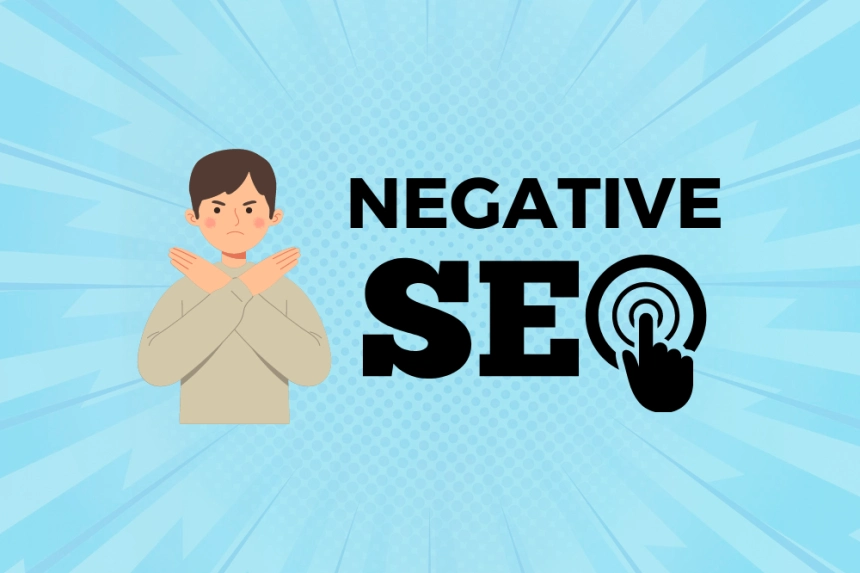Negative SEO What Is It and How to Protect Your Site from SEO Attacks?


Negative SEO has become a common term in the world of digital marketing. As companies struggle to position their websites in search engines, some malicious actors have begun to use dishonest tactics to affect the SEO performance of their competitors. This article will teach you what negative SEO is and how you can protect your site from these attacks.
What Is Negative SEO?
Negative SEO refers to dishonest practices used to harm a website's ranking in search engines. This can include a variety of techniques, such as:
- Toxic link building: Creating incoming links from low-quality and spammy sites.
- Duplicate content: Replicating a site's content to try to make Google consider it a low-quality site.
- Review manipulation: Posting negative reviews on review sites to damage a brand's reputation.
- Malware injection: Incorporating malicious software that can affect user experience and search rankings.
Types of Negative SEO Attacks
1. Toxic Link Building
Attackers can create hundreds or thousands of links pointing to a website using spam techniques. These links often come from low-quality sites and can lead to penalties from Google.
2. Comment Spam
Using links in blog comments can cause significant damage. Practices like this are often automated and can lead to your site being associated with low-quality content.
3. Duplicate Content
Competitors may copy your site's content and publish it on their own domains. If Google finds similar content on multiple sites, it could penalize both, affecting your ranking.
4. Malware Injection
Some attackers introduce malware into your site to foster distrust among users. This can not only affect your traffic but can also lead to deindexing.
How to Protect Your Site from Negative SEO Attacks
1. Monitor Incoming Links
Use tools like Google Search Console, Ahrefs, or SEMrush to monitor the quality of the links pointing to your site.
Steps to monitor links:
- Access Google Search Console.
- Review the link section to identify suspicious links.
- If you find toxic links, use the disavow file to reject them.
2. Keep Your Content Unique and High-Quality
To protect your site from duplicate content:
- Create original and valuable content.
- Set up Google Alerts with your domain name to monitor for duplicate content on the web.
3. Regularly Review Your Security
Ensure that you have robust security measures in place on your website. Some recommendations include:
- Install security plugins: If you use a CMS like WordPress, consider using plugins like Wordfence.
- Use HTTPS: Make sure your site is protected by an SSL certificate.
4. Quick Response to Negative Reviews
Monitor your business reviews online. Respond professionally to criticisms, and if they are malicious, consider reporting them to the relevant platform.
5. Implement a Healthy Backlink Strategy
Make sure to build an effective link strategy focused on quality. This includes:
- Creating valuable content that others want to link to.
- Connecting with influencers and bloggers in your niche to attract quality links.
How to Identify a Negative SEO Attack?
1. Sudden Increase in Low-Quality Links
An unexpected increase in the number of links from low-reputation sites can be an indicator of negative SEO. Regularly monitor your links.
2. Sudden Drop in Traffic
If you notice a sharp decline in your traffic, it may be a sign of an attack. Use Google Analytics to keep a constant watch.
3. Penalties from Google
Receive alerts from Google about potential penalties. If you receive one, carefully review your incoming links and your content.
Conclusion
Negative SEO is a real threat that can severely impact the performance and reputation of your site. Understanding how these attacks work and how to protect your site is essential for maintaining a strong and healthy online presence. Implement the strategies discussed in this article and regularly monitor your site to prevent any attempted attacks. The security of your site should always be a priority in your SEO strategy!






